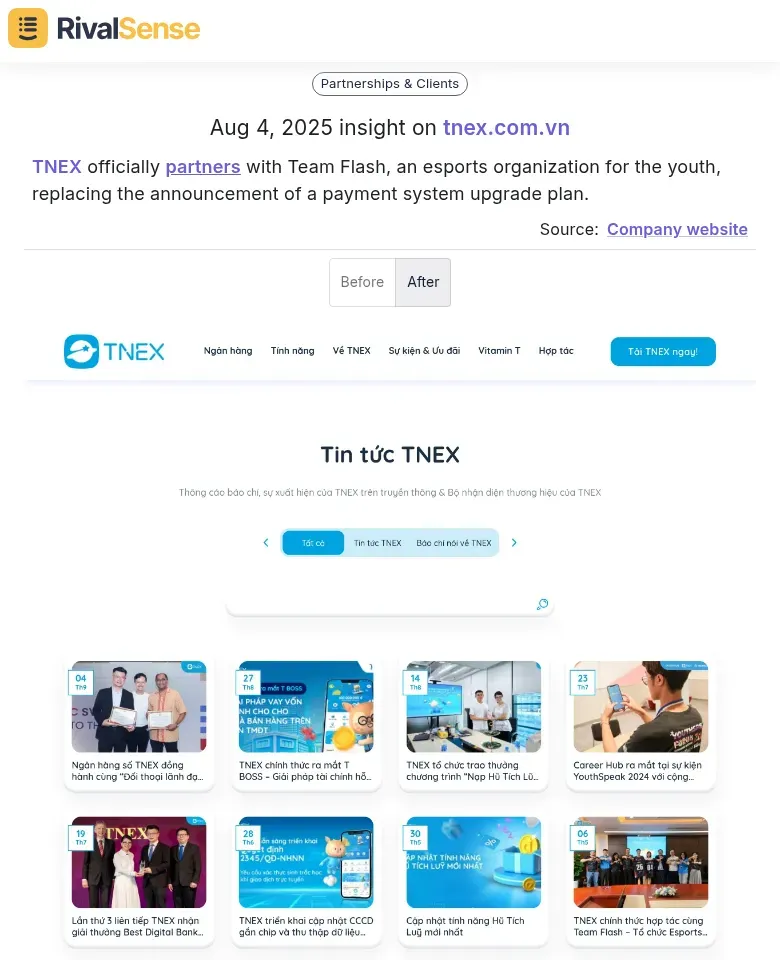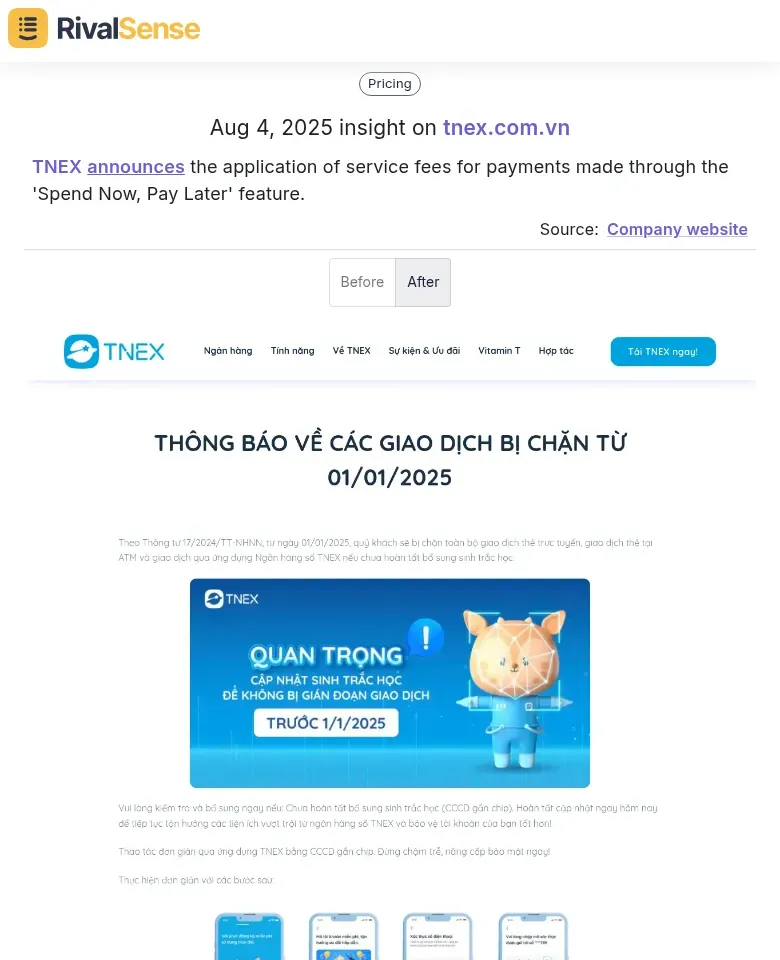Predictive Analysis in Fintech: Decoding Competitor Strategies for Market Leadership
Predictive analysis is revolutionizing fintech by enabling companies to anticipate market shifts and competitor moves with unprecedented accuracy. By leveraging data analytics and historical trends, fintech leaders can transform raw information into strategic foresight, identifying opportunities while mitigating risks before they impact the business.
Monitoring competitor activities—especially open source strategies—provides invaluable intelligence for strategic planning. When rivals adopt open-source approaches, it often signals shifts toward community-driven innovation, prompting you to reevaluate your own positioning. Practical implementation begins with identifying key competitors and systematically tracking their open-source footprints.
The Strategic Power of Open Source in Fintech
Open source strategies accelerate innovation while reducing development costs through collaborative ecosystems. Transparency in these projects builds brand credibility by demonstrating commitment to collective progress rather than proprietary silos. Analyzing competitors' open-source activities reveals their technological priorities and roadmap signals.
Actionable Framework:
✅ Identify Contribution Patterns: Monitor repositories for frequency and focus areas (e.g., blockchain, APIs)
✅ Assess Community Engagement: Track issue resolutions and contributor growth metrics
✅ Benchmark Against Rivals: Compare your open-source footprint using tools like GitHub Insights
✅ Start Small: Open-source non-core components before strategic modules
💡 Example Insight: When a leading fintech firm open-sourced its payment framework, it attracted top developer talent while positioning itself as an industry thought leader—validated by 37% faster adoption of their premium services.
Strategic Partnerships: Beyond Traditional Branding
Partnerships with non-traditional entities like esports organizations represent powerful brand repositioning opportunities in fintech. These collaborations signal strategic shifts from product-centric announcements to community engagement, unlocking access to new demographics and psychographics. Authentic alignment with partner audiences is crucial for maximizing impact.

Why this matters: When RivalSense detected TNEX's partnership with esports organization Team Flash replacing a planned system upgrade, it signaled a strategic youth-market pivot. Monitoring such shifts helps anticipate demographic targeting changes.
Optimization Checklist:
- 🎯 Demographic Alignment: Partner with organizations sharing your target audience
- 🤝 Co-Creation: Develop joint value propositions beyond logo placement
- 📊 Impact Measurement: Track referral traffic and cohort retention rates
Monetization Strategy: Balancing Revenue & Trust
Introducing service fees requires careful calibration between revenue goals and customer trust preservation. Transparent communication and phased implementation are critical when monetizing previously free features, especially in competitive markets where pricing perception directly impacts churn rates.

Why this matters: RivalSense capturing TNEX's fee introduction for 'Spend Now, Pay Later' provided competitors with early signals about monetization confidence in deferred payment features—allowing strategic pricing adjustments.
Trust-Preserving Tactics:
- ⏳ Grandfathering: Offer extended free access for existing users
- 🗣️ Value Narrative: Explain how fees enable enhanced security/features
- 🧪 A/B Testing: Validate pricing models with small user segments first
Predictive Insights for Future-Proofing
Analyzing competitors' open-source patterns provides predictive signals about emerging technologies and market directions. A surge in blockchain contributions might indicate impending DeFi offerings, while increased API development could foreshadow ecosystem expansion.
Predictive Framework:
| Activity Type | Strategic Signal | Response Tactics |
|---|---|---|
| New OSS Contributions | Technology prioritization | Skill development focus |
| Partnership Shifts | Demographic targeting changes | Messaging adjustments |
| Pricing Updates | Monetization confidence levels | Competitive positioning |
Conclusion: From Intelligence to Action
Predictive analysis transforms raw competitor data into actionable strategic foresight. By systematically monitoring open-source activities, partnership shifts, and monetization changes, fintech leaders can anticipate market evolution rather than react to it. The fusion of technological signals and strategic pattern recognition creates sustainable competitive advantages.
Immediate Next Steps:
- Map your competitors' open-source footprint
- Establish monitoring for partnership announcements
- Create pricing change response protocols
🔍 Ready to decode your competitors' strategic moves? Try RivalSense free and receive your first competitor intelligence report today. Track product launches, pricing changes, partnerships and regulatory shifts—all delivered in actionable weekly insights: https://rivalsense.co/
📚 Read more
👉 Optimizing Market Entry with Competitor Advisory Insights
👉 How to Decode Strategic Shifts Through Competitor Partnerships
👉 Practical Competitive Research: A Step-by-Step Guide for Business Leaders
👉 Optimizing Telehealth: Researching Competitor Ecosystems Guide
👉 How Phrase's AI Focus Spurred RivalSense's Global Strategy Shift
